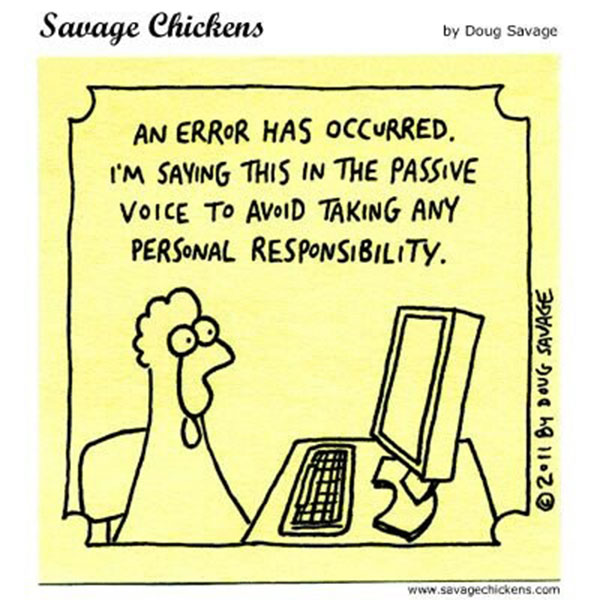Content design and artificial intelligence: friends or enemies?

You’ve probably heard the scare stories about automation cutting swathes through traditional employment. Artificial intelligence (AI) can now even write news reports – so could content designers who create clear, easy to use information on GOV.UK also find themselves redundant?







